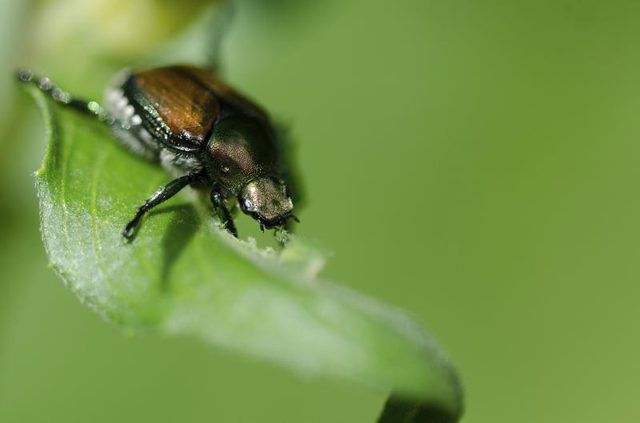Bulbs
Flower Basics
Flower Beds & Specialty Gardens
Flower Garden
Garden Furniture
Garden Gnomes
Garden Seeds
Garden Sheds
Garden Statues
Garden Tools & Supplies
Gardening Basics
Green & Organic
Groundcovers & Vines
Growing Annuals
Growing Basil
Growing Beans
Growing Berries
Growing Blueberries
Growing Cactus
Growing Corn
Growing Cotton
Growing Edibles
Growing Flowers
Growing Garlic
Growing Grapes
Growing Grass
Growing Herbs
Growing Jasmine
Growing Mint
Growing Mushrooms
Orchids
Growing Peanuts
Growing Perennials
Growing Plants
Growing Rosemary
Growing Roses
Growing Strawberries
Growing Sunflowers
Growing Thyme
Growing Tomatoes
Growing Tulips
Growing Vegetables
Herb Basics
Herb Garden
Indoor Growing
Landscaping Basics
Landscaping Patios
Landscaping Plants
Landscaping Shrubs
Landscaping Trees
Landscaping Walks & Pathways
Lawn Basics
Lawn Maintenance
Lawn Mowers
Lawn Ornaments
Lawn Planting
Lawn Tools
Outdoor Growing
Overall Landscape Planning
Pests, Weeds & Problems
Plant Basics
Rock Garden
Rose Garden
Shrubs
Soil
Specialty Gardens
Trees
Vegetable Garden
Yard Maintenance
How to Get Rid of Japanese Beetles
How to Get Rid of Japanese Beetles. First sighted in the United States at a New Jersey nursery in the early 1900s, the Japanese beetle (Popillia japonica) quickly adapted to its new environment. With no predators, a favorable climate and ample food, it has become a widespread pest in many U.S. states. Japanese beetle adults eat leaves, fruit,...

First sighted in the United States at a New Jersey nursery in the early 1900s, the Japanese beetle (Popillia japonica) quickly adapted to its new environment. With no predators, a favorable climate and ample food, it has become a widespread pest in many U.S. states. Japanese beetle adults eat leaves, fruit, vegetables and flowers while the larvae favor underground turf roots. Identifying the adult beetle is simple because of its iridescent green coloring, coppery wing covers and white hair tufts along its body margins. The insect typically congregates in large groups on host plants. A variety of methods may be necessary to eradicate the pest from your garden.
Hand Removal and Exclusion
Japanese beetles can be picked off plants by hand and dropped into a bucket of soapy water. If an infestation is large, shake the plants over the bucket so that the beetles fall into it. Removing Japanese beetles frequently is essential because congregating beetles and the scent of damaged plants tend to attract more beetles. Apply fine mesh cloth or netting over valuable plants, such as ornamental perennials, during peak Japanese beetle activity. Bait and trap products marketed for Japanese beetle control may trap many of the pests, but nearby plants will receive increased damage from Japanese beetles. Therefore, avoid using those products.
Underground Treatment
Eliminating Japanese beetle larvae, or grubs, saves turf and prevents the development of more breeding adults. The C-shaped, creamy white, dark-headed larvae are prey for raccoons, skunks and rodents. Digging by animals along with dry, brown turf indicate a grub problem. Entomopathic nematodes are effective against the grubs. Soak a nematode sponge, available online and in garden centers, in 2 quarts of water. Pour the liquid mixture into a watering can or garden sprayer, and then dilute it further with 1 gallon of water. Use the solution to soak lawn with the nematodes, and keep the lawn moist over the next seven days.
Chemical Insecticide
Pyrethrin insecticide can control adult Japanese beetles. It is derived from certain flowers and has an immediate effect on the insects' nervous systems. Although pyrethrin is safe for plants, mammals and birds, it is highly toxic to aquatic organisms and non-targeted insects, particularly honeybees. Prepared pyrethrin sprays are available from garden centers and should be applied on non-windy days in the evening, when bees are inactive. Shake the pyrethrin spray bottle well, and use its contents to soak all plant surfaces where Japanese beetles are present. Prevent the insecticide's contact with skin, eyes and clothes.
Plant Selection
You may inadvertently attract Japanese beetles to your garden with your choice of plants. Although you canít easily remove and replace established trees, you can avoid introducing Japanese beetles' favorite plants in your garden. Fruit tree species in the Prunus genus, such as bird cherry (Prunus avium) and wild plum (Prunus americana), which are both hardy in U.S. Department of Agriculture plant hardiness zones 3 through 8, are preferred by Japanese beetles. Roses (Rosa spp., USDA zones 2 through 11, depending on the variety) are another favorite of Japanese beetles. Ornamentals such as magnolia (Magnolia spp., USDA zones 3 through 10) and lilac (Syringa vulgaris, USDA zones 3 through 7) are alternatives because Japanese beetles rarely damage them.